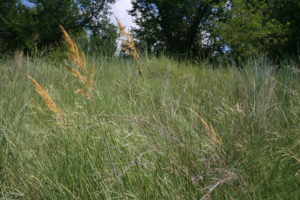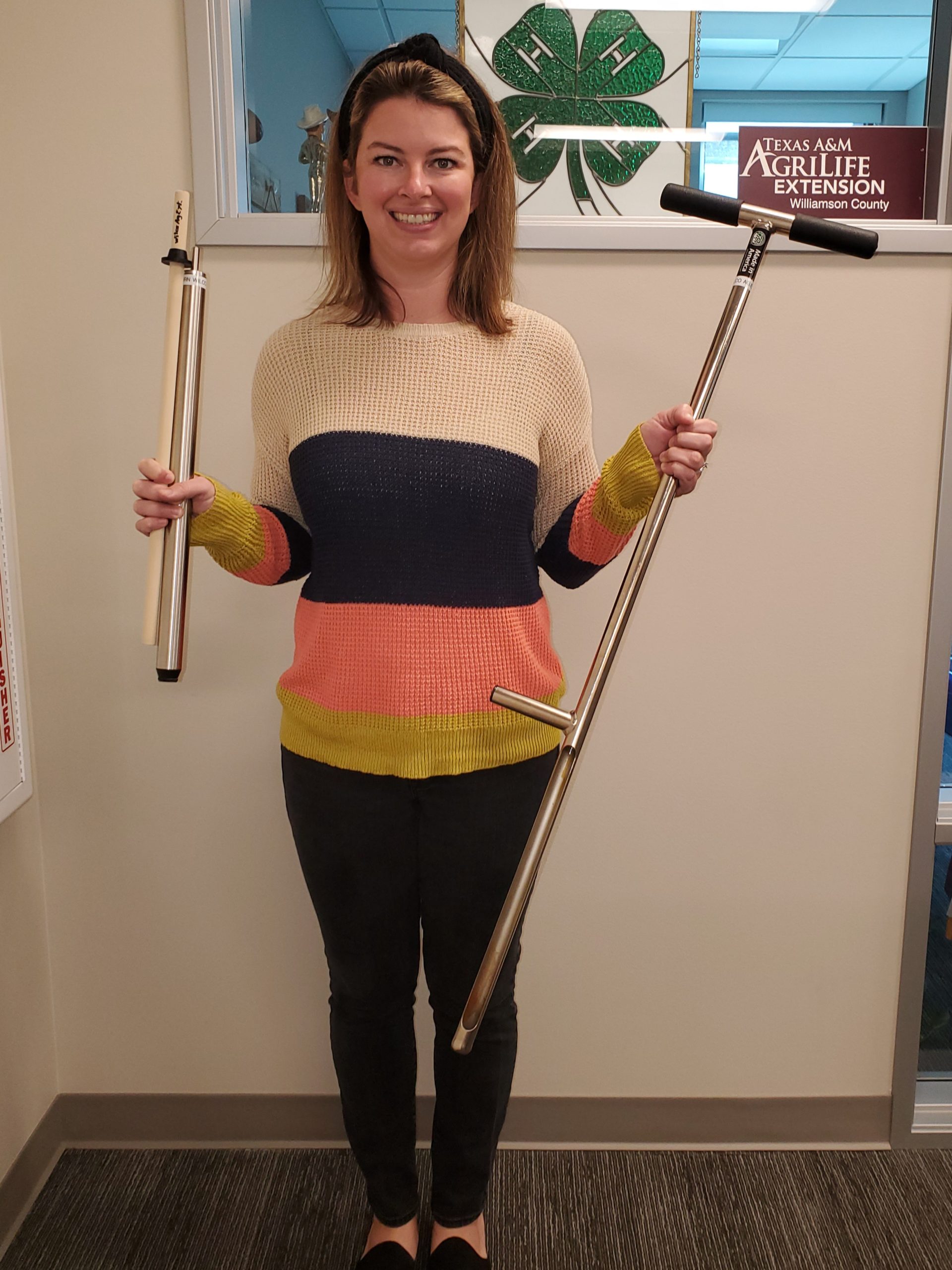Forages can turn deadly
In times of drought producers can lose animals if they fail to monitor forages during dry weather. Here are 3 articles on how to help keep your livestock healthy.
Testing Forages for Hydrogen Cyanide Potential
Nitrates and Prussic Acid in Forages
Forages turn deadly in hot weather
Native Grasses for Texas
Many livestock producers are considering forage species and varieties that do not require as much fertilizer as bermudagrass. At the same time, many landowners have expressed interest in restoring native prairies for wildlife habitat enhancement. Native grasses are well adapted and quite persistent with good grazing management, but typically are not used for hay production. Natives grasses may require longer time to establish and are less tolerant of overstocking. If interested, check with your local county extension agent, NRCS (Natural Resources Conservation Service) personnel, or Texas Parks and Wildlife biologist to determine which species are best adapted to your location.
Some native grass species:
Little bluestem
Indiangrass
Eastern gamagrass
Switchgrass
Sideoats grama
Big bluestem
Some native forb species:
Maximillian sunflower
Engelmann daisy
Illinois bundleflower
Bush sunflower
Dr. Megan Clayton, Associate Professor and Extension Range Specialist, has some excellent resources that can help guide the decision making process on the utilization of native forages.
Vanessa Corriher-Olson
Forage Extension Specialist
Soil & Crop Sciences
Overton, TX
Texas A&M AgriLife Extension Service
Texas A&M University System
Gary Pastuchok, Williamson County Agriculture Agent
100 Wilco Way, Georgetown Texas
512-943-3300
Native and Introduced Grasses, Identification and Value


